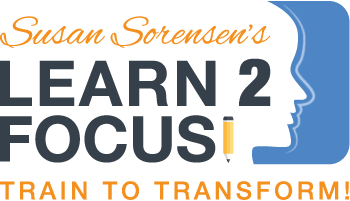3 Ways Fast ForWord Can Help With Dyslexia
/Dyslexia is now a pretty well-known language and processing-based learning disorder among children, but there is still constant research going on to find out how we might be able to help find solutions for our keiki. Dyslexia is a major obstacle to our children’s education. The good news? Scientists are finding out more and more that a brain training program such as Fast ForWord can help. Here’s how:
1. Tone Doublets
Fast ForWord has a targeted audiovisual regimen, which helps children who have difficulty processing rapid sound changes. That includes dyslexia. In a study, a group of children aged 6 to 9 diagnosed with language learning impairment (LLI) as well as a control group of similarly-aged children with no diagnoses were asked to identify sound changes in nonverbal ‘tone doublets’ consisting of a high and low tone played in rapid succession, as well as consonant syllables like ‘ba’ and ‘da’.
After participating in Fast ForWord’s phoneme identification exercises for an average of 32 days, this group was tested again and their measurements showed a significant increase in brain activity.
2. Language and Reading Assessments
There is a correlation between brain activity and observed educational performance. A sample group of elementary school-aged children diagnosed with specific language impairment (SLI) were tested alongside two control groups of children with typical language development. Children in all three groups completed a standardized CELF evaluation. Scores were lower for the SLI group, with no significant difference between the two control groups.
After this first assessment, the SLI group and the first control group received Fast ForWord training for six weeks, while the second control group did not. All three groups then participated in another audio listening session before taking another CELF evaluation at the end of the study. The results? Not only did the language-impaired children improve by about 10% over their initial CELF score – the control group that received Fast ForWord training showed a smaller but significant improvement as well.
3. Brain Networks
Dyslexia includes phonological processing difficulties – the inability to hear distinct phonemes that can then be visually associated with written letters. Those with dyslexia showed low levels of brain response in their brain’s audio processing areas when asked to look at a succession of written letters and select the ones that rhyme. After Fast ForWord was included as part of their regular school day, not only did the dyslexic children’s performance scores improve, but their fMRI scans began to more closely resemble those of the typically developing children, suggesting that the training was actively rewiring their brains' networks to function more effectively in language processing.

